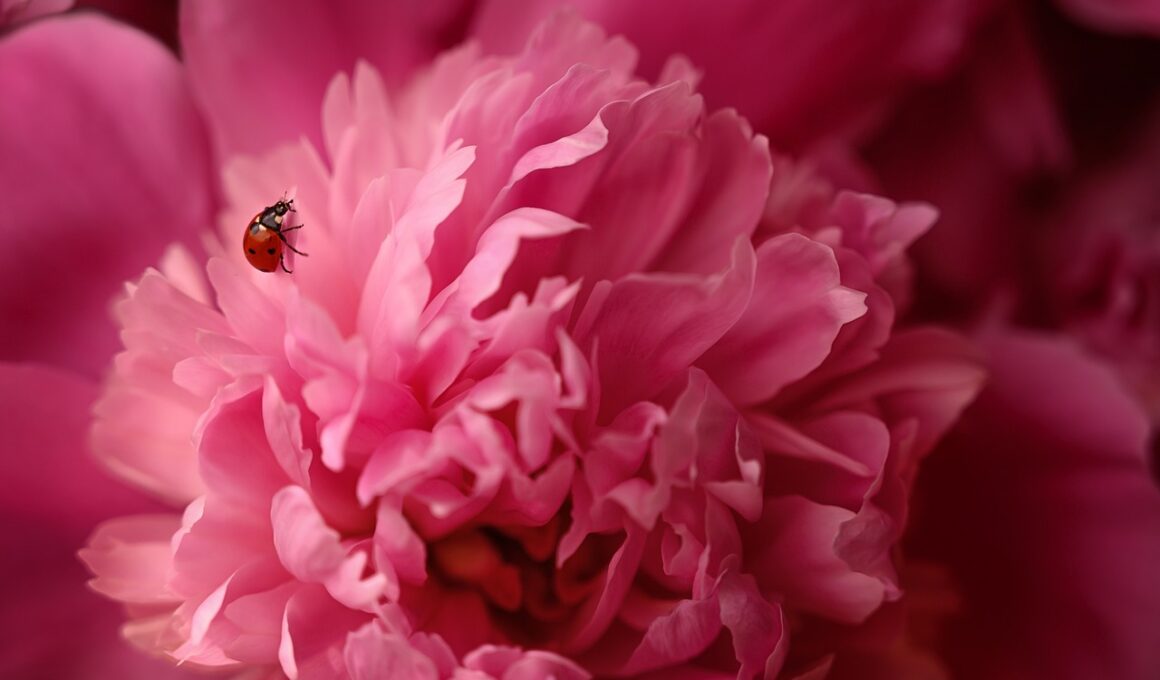Importance of Cutting Back Peonies
Don’t miss out on the joy of seeing your peonies bloom to their fullest potential – make sure to trim them back regularly! Proper pruning techniques are crucial to promoting healthy, abundant flowers. Timing is everything when it comes to pruning peonies, and doing it at the right time can make all the difference. To ensure the best results, you should trim your peonies back in the fall. This allows them to focus their energy on growing strong roots and will lead to a more robust and prolific bloom in the spring. Don’t wait too long to prune, or you risk damaging the plant and reducing its ability to produce flowers. When pruning, it’s important to be strategic. Trim back any dead or damaged branches, but be careful not to cut away too much of the plant. Cutting back too much can stunt its growth and lead to fewer flowers. By following the proper pruning techniques and seasonal timing, you’ll be rewarded with beautiful, healthy peonies year after year.Consequences of Forgetting to Cut Back Peonies
Skipping the annual pruning of peonies can result in delayed blooming and stunted growth, which can be disappointing for any gardener. If you forget to cut back your peonies, you may notice that they are not growing as tall as they should be and that the flowers appear smaller than usual. In addition to this, the number of blooms on the plant may be significantly reduced. Here are some nested bullet point lists to help you understand the consequences of forgetting to cut back peonies: Delayed blooming- Without pruning, peonies may not bloom at the usual time, which can be frustrating for gardeners who look forward to seeing their beautiful flowers.
- Delayed blooming can also mean that the blooms coincide with other flowers in the garden, which can make it difficult to appreciate them fully.
- In some cases, peonies may not bloom at all if they’re not pruned regularly.
- Peonies that aren’t pruned may not grow as tall as those that are pruned, which can affect their overall appearance.
- Stunted growth can also make it difficult for the plants to produce strong stems, which means that the flowers may be weaker and more likely to droop.
- In some cases, stunted growth can also affect the health of the plant, making it more susceptible to pests and disease.
- Peonies that aren’t pruned may be more attractive to pests, such as aphids and spider mites, which can damage the plant and affect its growth.
- Unpruned peonies are also more susceptible to diseases, such as botrytis and powdery mildew, which can affect the health of the plant and the quality of the blooms.
- Regular pruning can help to prevent these problems and keep your peonies healthy and beautiful.
What Happens If Hostas Aren’t Cut Back Before Frost?
If hostas aren’t cut back before frost, the plants may sustain damage. Frost causes hostas to wilt and turn brown as their foliage freezes. By trimming the hostas before frost sets in, you can prevent this damage and ensure healthier plants in the coming season. Proper care of hostas and frost protection is essential for their overall growth and appearance.









